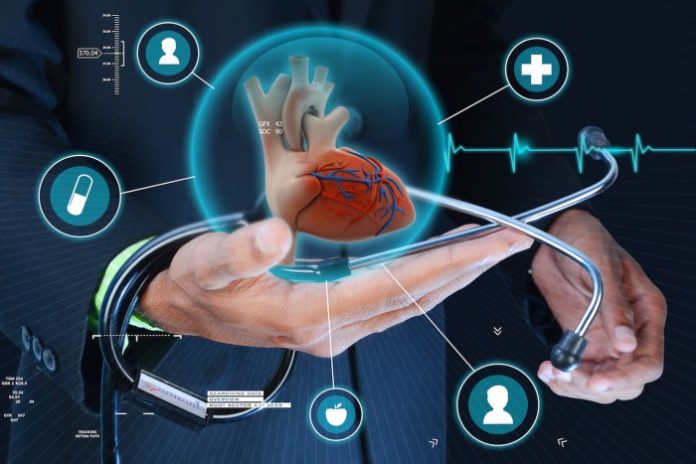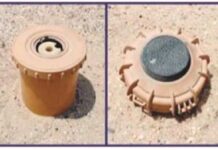The concept of the Internet of Things (IoT) has been very much in the spotlight in recent years. Due to numerous technological advancements, its execution has become more practical and beneficial than ever.
Industries in every sector, including the healthcare sector, have been interested in the potential behind IoT. One particularly appealing fact of IoT in healthcare is that it has the potential to lower operational and clinical inefficiency costs by as much as $100 billion per year.
Some examples of IoT in the healthcare sector include:
Automated Insulin Delivery: Anyone living with diabetes knows how much effort and care goes into managing a relatively comfortable lifestyle. OpenAPS (Open Pancreas System) is an attempt to reduce the amount of work required to lead a stress-free life for diabetic patients.
OpenAPS consists of several devices that, when combined, tracks the users’ glucose levels, and automatically adjusts the insulin dosage they receive. This helps patients keep their sugar levels within the acceptable range, especially at night, which is when many people with diabetes experience hypoglycemia.
Ingestible Sensors: IoT can address a common problem that few people take into account. A 2003 World Health Organization study revealed that a whopping 50 percent of patients fail to adhere to the instructions on how and when to take their medicine.
The IoT may provide an effective solution for reducing this with an ingestible sensor that can track when and how patients take their medicine. The pill, once in the body, sends out a signal received by an external sensor, which then relays it to an app on a smartphone to confirm the drug intake. That way, both the patient and the doctor have a clear idea of how well the patient is following the recommended dosage.
Kinect HoloLens Assisted Rehabilitation Experience: Kinect HoloLens Assisted Rehabilitation Experience, or KHARE, is an especially exciting application of IoT technology. The platform aims is to improve the effectiveness of mirror neuron therapy.
The platform records movements used in recovery therapy with the help of Kinect technology. Then, it sends those movements to the cloud, where medical experts can view and fine-tune them to create a more personalized treatment plan for every patient. There are even plans to implement virtual reality for simulating patients’ working environments.
There are only a few examples of many, but they illustrate the exhilarating potential behind the Internet of Things. It might not be prevalent as of yet, but the success stories thus far should be enough of a motivator to get the ball rolling. Given its apparent benefits, we should expect far more IoT integration in medical institutions in the near future.

















